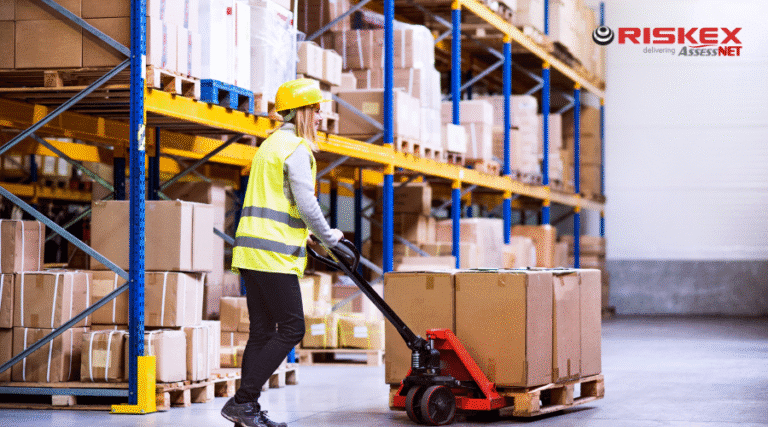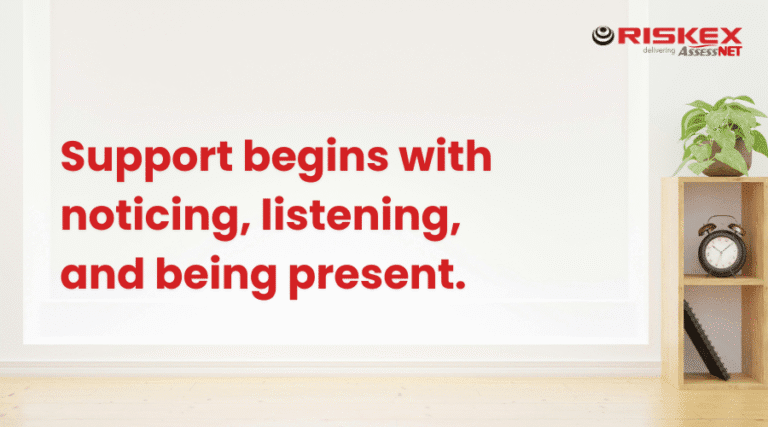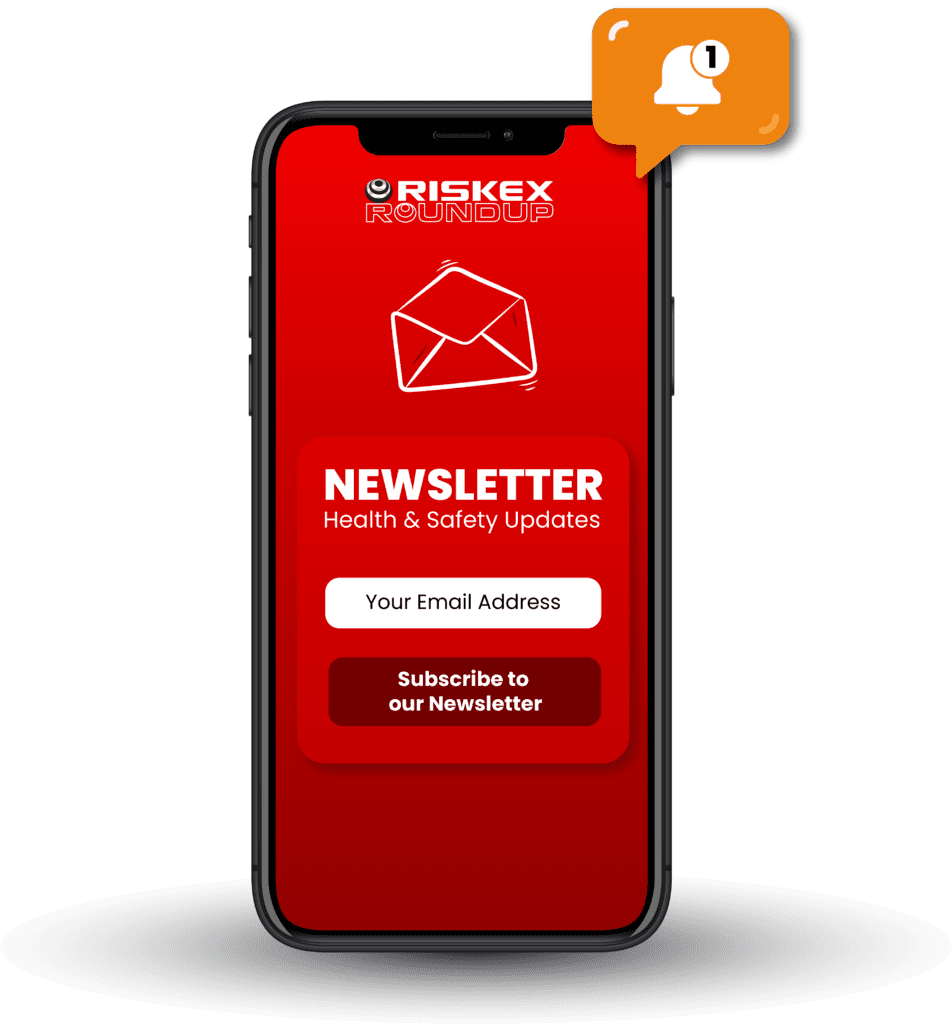As the autumn season settles in, it introduces a shift in workplace risks, some subtle, others significant.You probably know most of these already, but a quick refresh never hurts. As the season changes, it’s the perfect time to revisit the basics and make sure nothing slips through the cracks.
Whether you’re managing a busy construction site, an office, or a healthcare setting, understanding how autumn conditions impact your work environment is key to maintaining safety and productivity.
Common Autumn hazards in the workplace
Slips, trips, and falls
Autumn means wet leaves, rain, and early frosts, all of which can turn walkways, entrances, and car parks into slip hazards. Indoor areas can also be affected, especially where wet footwear brings water into reception areas, corridors, or break rooms.
- Clear external pathways of leaves and debris regularly.
- Use non-slip mats at entrances and ensure floors are cleaned promptly.
- Ensure outdoor lighting is sufficient so hazards are visible in darker hours.
Reduced visibility
Shorter days mean more workers are arriving and leaving in low light, while fog and rain can also impair visibility during work tasks, especially when operating vehicles or machinery.
- Check and maintain external lighting systems.
- Encourage use of high-visibility clothing in appropriate roles.
- Review traffic management plans for any blind spots or poorly lit zones.
Cold temperatures and exposure risks
Cooler temperatures can increase the risk of:
- Hypothermia and chilblains
- Decreased dexterity, affecting tool use and manual handling
- Use of temporary heaters, which can be fire or trip hazards
Prevention strategies:
- Provide suitable PPE for outdoor workers (e.g. gloves, thermal layers, waterproofs).
- Encourage regular warm-up breaks and access to shelter where possible.
- Inspect and PAT test heaters before use.
Workplace illness and absenteeism
Autumn often sees the rise of seasonal illnesses, including colds and the flu. Illness spreads easily in communal areas like kitchens, meeting rooms, and shared desks.
Supportive actions:
- Promote good hygiene practices (hand washing, sanitising stations).
- Review sick leave policies to ensure ill staff don’t feel pressured to attend work.
Sector-specific hazards to watch for
While general risks apply across all workplaces, some sectors face unique seasonal challenges:
- Construction & outdoor work: Working at height in wet conditions, poor ground stability, cold-induced fatigue.
- Transport and logistics Vehicle accidents in low visibility, loading dock hazards, icy surfaces.
- Healthcare and social care: Increased patient demand, more infectious disease exposure.
- Education: Playground safety, increased footfall in poor weather, heating and ventilation in older buildings.
Ensure your risk assessments reflect these changing conditions, not just the season itself.
Practical steps for autumn risk management
For employers:
- Update or review risk assessments with seasonal conditions in mind.
- Ensure routine maintenance is completed: lighting checks, heating systems serviced, grit bins stocked.
- Communicate clearly: refresh staff on procedures like incident reporting and PPE use.
For employees:
- Report slippery areas or poorly lit zones as soon as they’re spotted.
- Wear weather-appropriate clothing and footwear.
- Stay alert to changing weather forecasts – especially if working outdoors or driving.
Encourage two-way safety communication
Use this time to gather input from staff:
- What do they see as the biggest seasonal risks?
- Any suggestions for improvements?
- Are they aware of how to report concerns?
This feedback loop not only improves safety but boosts morale and engagement.
Get your autumn safety checklist
Stay ahead of seasonal risks with our one-page interactive checklist: perfect for supervisors, safety reps, and facilities teams.
- Quick to complete
- Works digitally or on paper
- Covers outdoor areas, buildings, PPE, hygiene, and more






